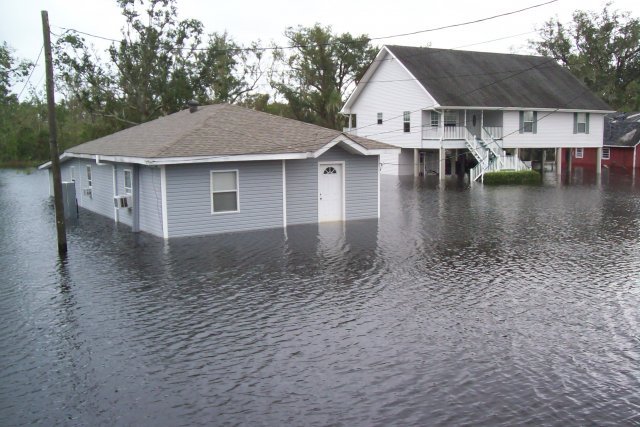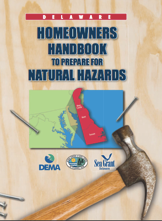Why is Coastal Community Resilience Important in the Gulf of America Region?

Evaluation of the Coastal Community Resilience Index
To evaluate the use of the Coastal Community Resilience Index, the GAD entered into a cooperative agreement with Auburn University. The purpose of the agreement is to develop an index that shows how resilient a city or community is to natural and human disasters.
This index will use a scoring system to determine the vulnerability of a community after previous disasters, how infrastructure has redeveloped, and how that disaster has reshaped the community’s thoughts. The information collected will be shared with other communities with a goal of helping to prevent habitat protection through education.
StormSmart Coast Network
Homeowner’s Handbooks

GAD provided funding to develop customized content, print and distribute copies of the Homeowner’s Handbooks in the five Gulf States (TX, LA, FL, MS, AL). These customized handbooks are developed for homeowners to help prepare for natural hazards to reduce risks to family and property. Handbooks include sections on how to prepare before the storm, mitigation measures to increase residential resilience, and insurance options available to homeowners in each state.
- The Five Gulf States Homeowner’s Handbooks.
Learn more here: Climate Ready Estuaries
